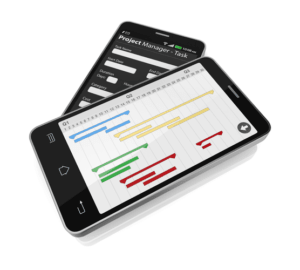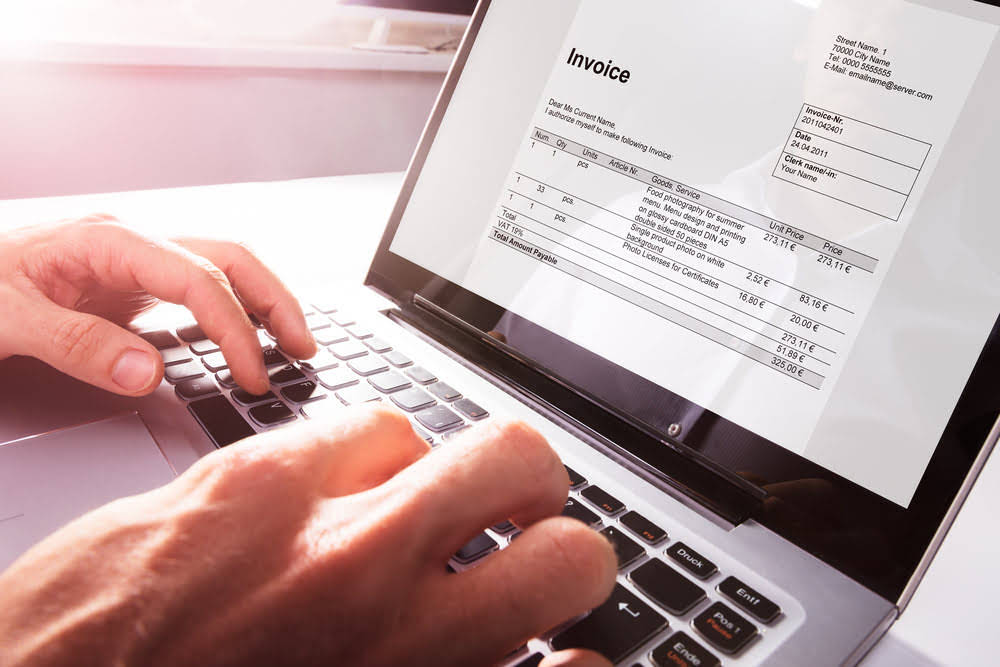Chart of Accounts Examples, Template, and Tips

Now, the trial balance (the summary of chart of accounts examples all account balances) checking account balance reflects $125,453 at the end of May which is included in the financial statements. Current Assets – A business can quickly convert these assets to cash and include bank, cash and accounts receivable. The balance sheet accounts give a snapshot of the business on any given date. Some packages ask for the business’s industry when setting up the software. Once you have an adequate system in place, then it’s not a problem to tweak your COA by adjusting account categories when needed.

How to Set up a Chart of Accounts
Each account in the COA is typically set as a unique identifier, often a number, and is organized to reflect the business’s structure and reporting needs. To better understand the balance sheet and income statement, you need to first understand the components that make up a chart of accounts. Knowing how to keep your company’s chart organized can make it easier for you to access financial information. Keeping an updated COA on hand will provide a good overview of your business’s financial health in a sharable format you can send to potential investors and shareholders. It also helps your accounting team keep track of financial statements, monitor business financial performance, and see where the money comes from and goes, making it an important piece for financial reporting.
Get in Touch With a Financial Advisor
- From there, you’ll choose the specific account numbers you use for each account.
- The contents depend upon the needs and preferences of the company using it.
- Historically financial modeling has been hard, complicated, and inaccurate.
- Essentially, if you placed the statements of financial position and performance on top of each other, you would come up with the chart of accounts.
- It is a very important financial tool that organizes a lot of financial transactions in a way that is easy to access.
- Marshall Hargrave is a financial writer with over 15 years of expertise spanning the finance and investing fields.
This chart of accounts example includes a variety https://www.bookstime.com/ of common account types and their typical numbering. Actual accounts and numbers can vary depending on each business’s specific needs and structure. Larger businesses may have more detailed accounts, including more specific sub-categories.
Embark’s Chart of Account Template

Normally, each account number consists of two or more digits that tell something about relevancy of the account. For example, a number starting with “1” might tell us that the account is an asset account and a number starting with “2” might tell us that the account is a liability account. Every time you record a business transaction—a new bank loan, an invoice from one of your clients, a laptop for the office—you have to record it in the right account.
Essentially, the chart of accounts should give anyone who is looking at it a rough idea of the nature of your business by listing all the accounts involved in your company’s day-to-day operations. Well, most companies borrow a page from your local library and the Dewey decimal system, assigning account identifiers when booking entries rather than wordy, cumbersome, text-based descriptions. We recommend beginning this process with your balance sheet accounts and then adding your income statement and other necessary accounts. Granted, by the time they hit your financial reports, you’re probably grouping them in a line item anyway. However, the chart of accounts plays a critical role in how your revenue accounts, for instance, flow into the profit and loss statement.
Major Types Of Chart Of Accounts
Even for a small business, however, more digits allow the flexibility to add new accounts as the business grows in the future, while maintaining the logical order of the coding system. Nevertheless, the exact structure of the chart of accounts is the reflection on the individual needs of each entity. Expense accounts allow you to keep track of money that you no longer have, and represents any money that you’ve spent. For example, if you rent, the money will move from your cash account to a rent expense account.
How your chart of accounts is structured allows you to view all of your business’s financial transactions based on the general ledger. A second benefit to the organization of a chart of accounts is that you can use this information for investment opportunities. This lets prospective investors or shareholders determine your business’s financial health via the financial information provided. The Chart of Accounts is one of those unknown parts of your accounting software we don’t even think about. In this ultimate guide, not only do we explore examples of a common chart of accounts but also we discuss best practices on how to properly set up your chart of accounts. Thanks to accounting software, chances are you won’t have to create a chart of accounts from scratch.

What Should Be Included In A Chart of Accounts?
If necessary, you may include additional categories that are relevant to your business. The first three are assets, liabilities, and equity, which flow into the balance sheet. The remaining two are income or revenue and expenses, which flow into the income statement.
- Using the wrong account code or not having enough codes will limit or produce incorrect financial statements.
- Although most decent accounting software packages will generate and maintain these identifying numbers for you, it’s still a good idea to have a solid understanding of the underlying system.
- The articles and research support materials available on this site are educational and are not intended to be investment or tax advice.
- If you don’t leave gaps in between each number, you won’t be able to add new accounts in the right order.
- Therefore, a well-formed and organized COA allows you to draw a direct line between a transaction and how it flows into your financial statements.
Upping the ante even more, we’re also including a COA template to provide you with a handy jumpstart to your own chart of accounts. So on that note, let’s jump right in because clearer, more organized financials and improved decision-making are just around the corner. A chart of accounts isn’t required, but the valuable insights it provides can contribute to critical data-backed decision-making for your small business. The Chart of Accounts is an indispensable tool in the realm of accounting, vital for accurate and efficient financial management. Understanding its structure, types, and best practices is key to maintaining an organized financial record-keeping system. For example, many accounts that are essential in manufacturing are not commonly used by retail businesses, including the composition of unearned revenue cost of goods sold (COGS).